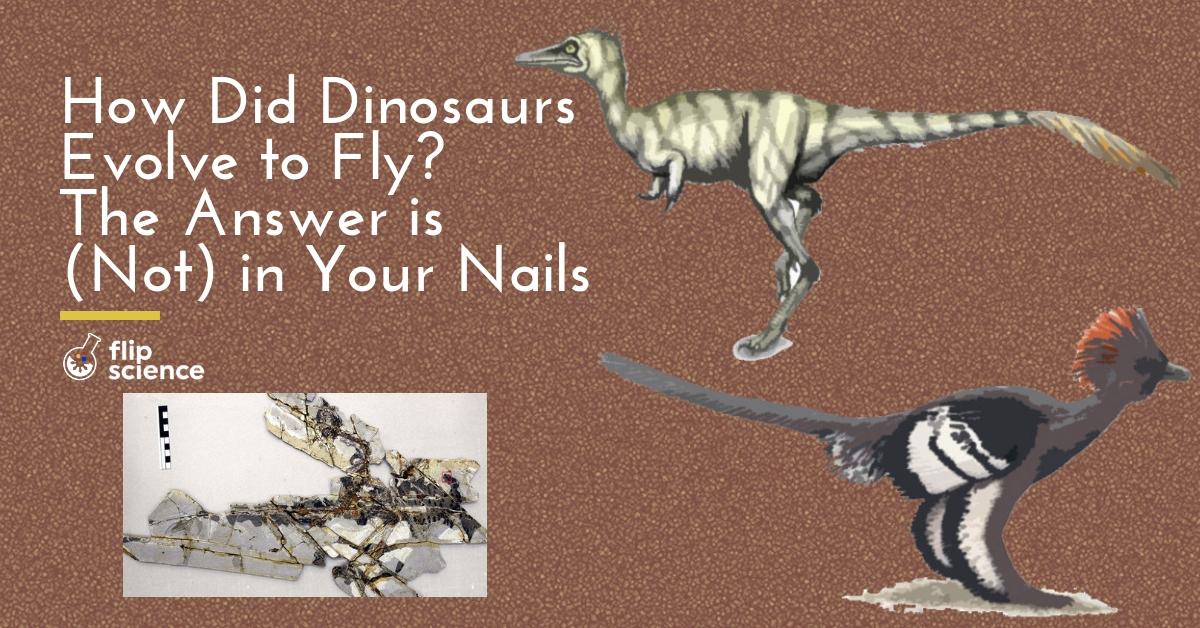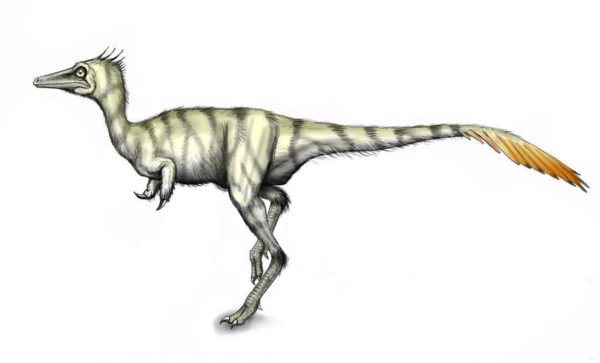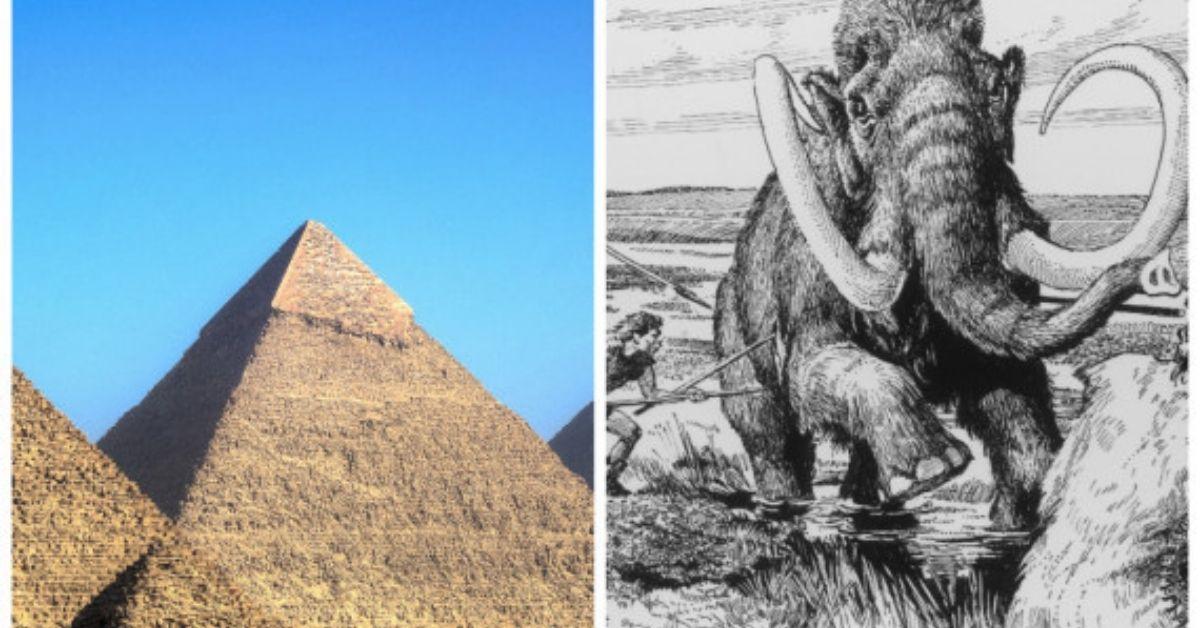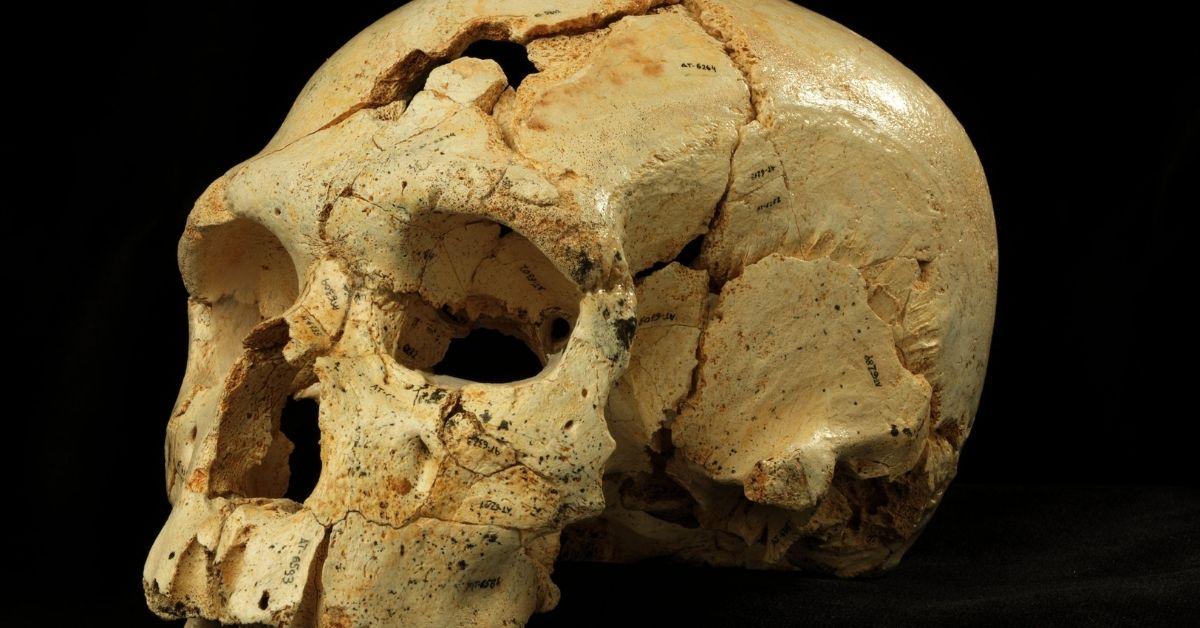
•While it’s no mystery that many dinosaurs had feathers, we’re still not sure when and how they evolved to fly.
•A newly published study reveals changes in the proteins in their feathers (called keratins), making them lighter and more suitable for flight.
•Researchers determined this by comparing some well-preserved feathers from two therapod dinosaurs found in China and Mongolia.
Neither the idea of feathered theropods nor the concept of birds evolving from dinosaurs is new. However, the question of how the agile predators of the Mesozoic era became today’s birds remains unanswered.
Fortunately, a newly published study may have taken us a step closer to understanding an evolutionary secret over 100 million years old. And when it comes to this prehistoric puzzle, the answer’s not at the tips of our fingers–literally.
Caring about keratin
All terrestrial vertebrates possess keratins. You have them in your hair, nails, and skin. Birds have them in their feathers, beaks, and talons. Crocodiles, turtles, and other reptiles have them in their scales and claws as well. Here’s the thing, though: The type of keratin humans and other mammals possess–alpha-keratin, or α-keratin–are ultra-thin and fibrous. Meanwhile, the type found in reptiles and birds–beta-keratin, or β-keratin–are tougher and more rigid.
In the case of modern-day birds, the β-keratins in their feathers became more elastic over time, as they lack some crucial glycine and tyrosine amino acids that make other β-keratin structures rigid. However, this raises an important question: What happened to their α-keratins?

Researchers from China and the United States isolated the α- and β-keratins from fossilized feathers found in dinosaurs from China and Mongolia. They designed antibodies labeled with fluorescent tags that were meant to light up when they bind with their target keratins. They then applied these to five different species of theropod dinosaurs ranging from 160 million to 75 million years old.
Dinosaurs of a feather…

When the researchers applied this technique to fossils of Anchiornis, a diminutive dinosaur from the Jurasic period, its feathers revealed the presence of both α- and β-keratins. Combined with their actual structure, it becomes apparent that while Anchiornis‘ feathers were not made for flight, they may have represented a transitional stage of sorts towards flight-ready feathers.

Meanwhile, the Cretaceous-era dinosaur Shuvuuia‘s feathers didn’t have α-keratins at all. Instead, it had β-keratins (despite the fact that it was not a direct bird ancestor).
In order to evolve for flight, dinosaur feather composition changed not only to eliminate α-keratins, but also to allow β-keratins to take dominance. “We’re beginning to uncover the mosaic pattern of feather evolution,” said Mary H. Schweitzer, a paleontologist from North Carolina State University and co-author of the study. These findings have given us a better understanding of how prehistoric fliers such as Archaeopteryx took to the skies millions of years ago.
At the very least, we’re a small step closer to tracing exactly how the coelurosaurs of yesterday became the chickens of today.
Cover photo: Melnik Vitaliy/DeviantArt; Michael diGiorgio/Yale
References
- https://www.pnas.org/content/early/2019/01/23/1815703116
- https://www.sciencemag.org/news/2019/01/fossil-feathers-reveal-how-dinosaurs-took-flight
Author: Mikael Angelo Francisco
Bitten by the science writing bug, Mikael has years of writing and editorial experience under his belt. As the editor-in-chief of FlipScience, Mikael has sworn to help make science more fun and interesting for geeky readers and casual audiences alike.






